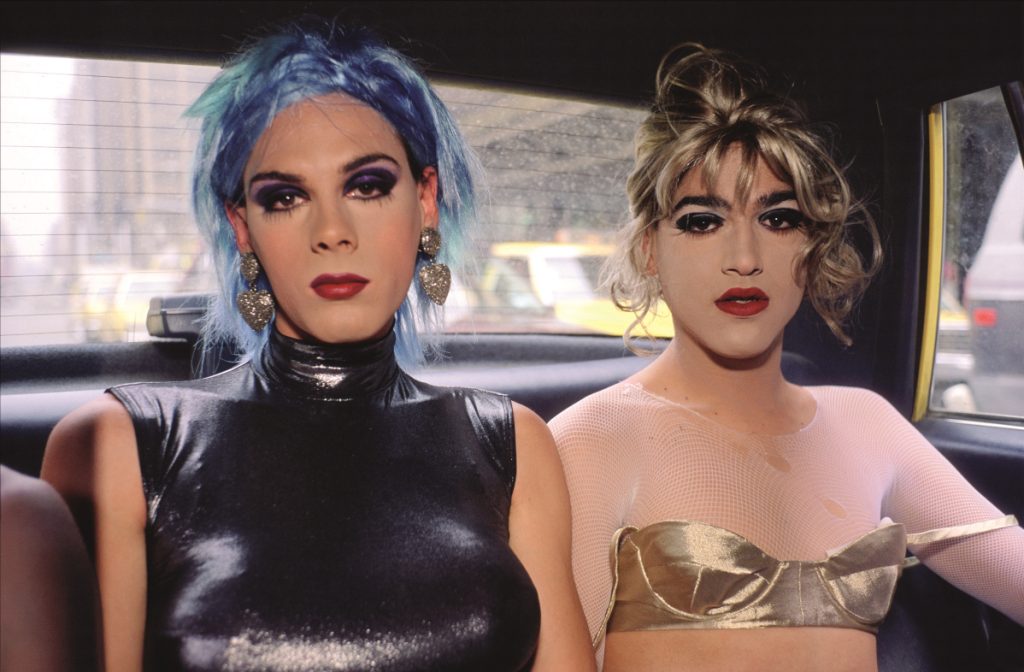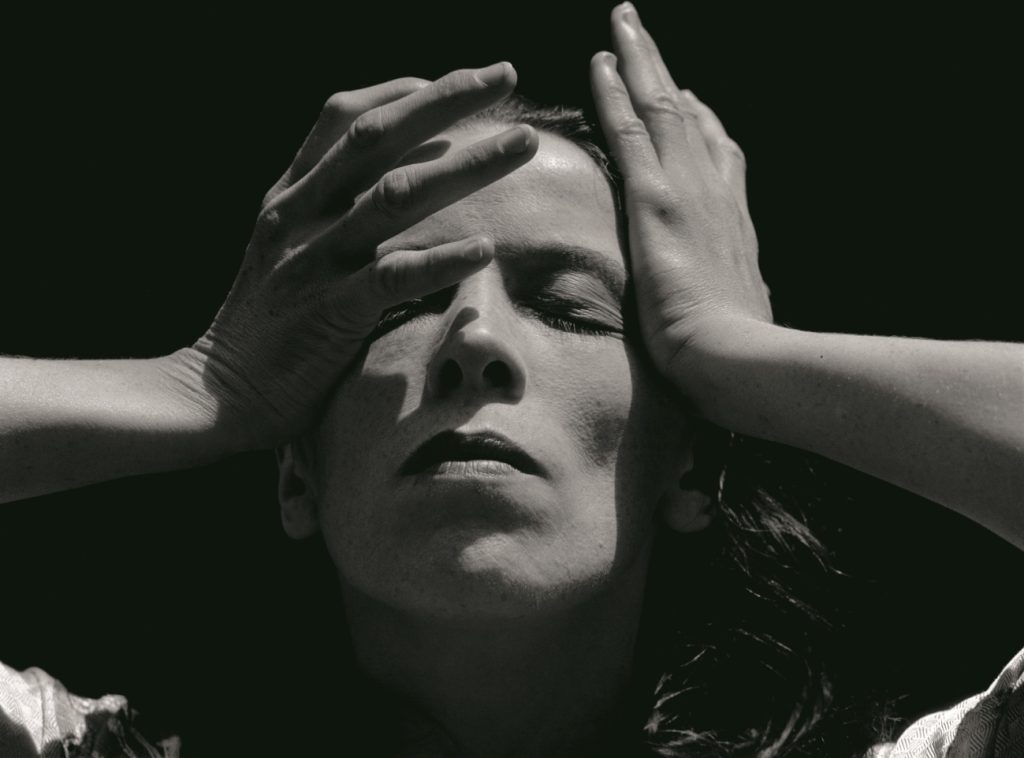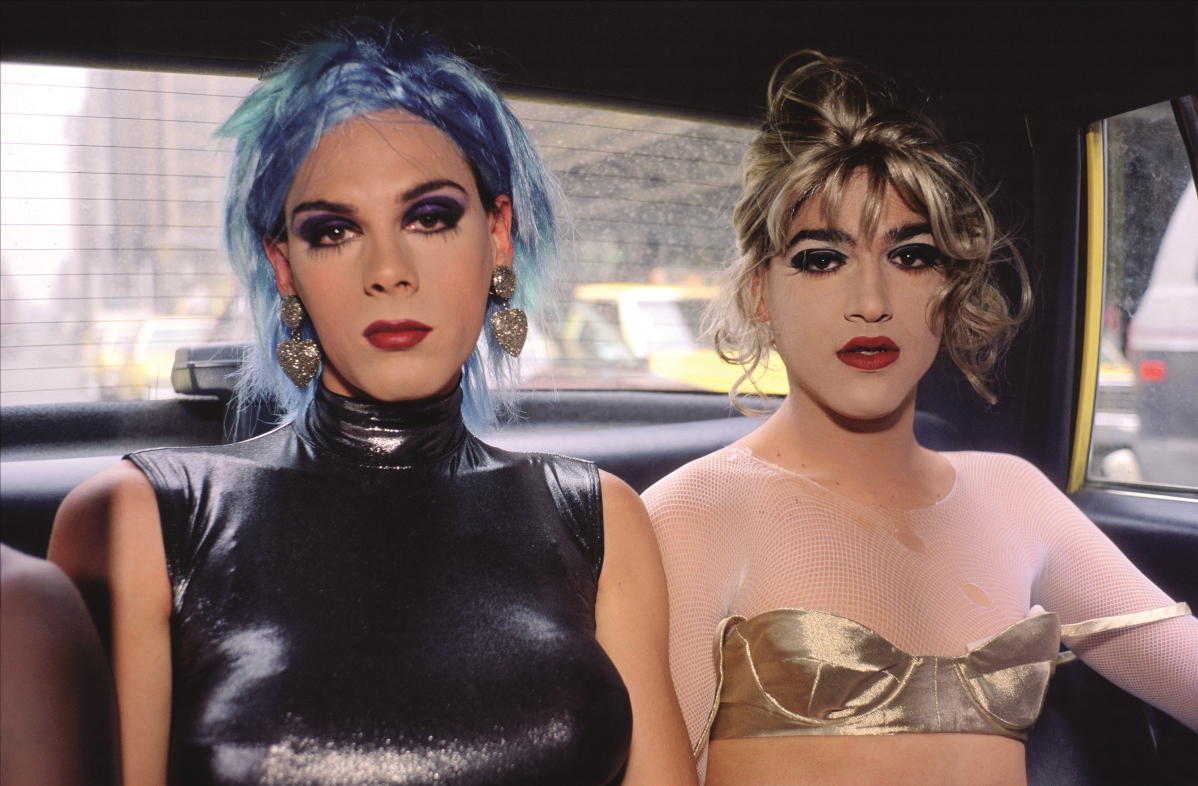
From February 3 will be in bookstores “10×10. Storie di donne fotografe”. An interesting volume, edited by Nicolas Ballario, which narrates the life, the stories and art of ten protagonists of photography in the twenty-first century. Ten women photographers.
Looking for their own
With a careful selection of their works, impressed in everyone’s eyes (and emotions), the book illustrates the flow of the events of these pioneers of 20th century photography. Stories of women photographers. From Dorothea Lange, with her work on America during the Great Depression, to Gerda Taro, with her shots of soldiers and the Spanish War.
Through Margaret Bourke-White, and her chilling documents (among others), about the Buchenwald concentration camp. Claude Cahun, anticipator of themes related to sexual identity and gender. And then Lisetta Carmi, recently rediscovered after decades of oblivion.
A unique sensitivity to context
Celebrated authors, such as Tina Modotti and Imogen Cunningham. Up to the present day, with great artists such as Cindy Sherman and Vanessa Beecroft, who use photography as a privileged medium of expression of their inner world and their expressive research. And Nan Goldin, who “photographs the unphotographable”.
Overall, a unique sensitivity to their context. Also unique to their awesome existences. Innate ability to visually translate the changes taking place. Changing landscapes. Represented without prejudice. Through a clear, crystalline lens. Sometimes sharp. A lens that represents a reality full of discrimination.

Ecology of the image
How close we feel these images/reflections. Even if they are far away in time, they are always close to actuality. Because the current world is still and always partial, biased and unfair. It requires an effort of responsibility to be accepted and cared for. Brought back to an acceptable sustainability, for its drift. A world that is as much physical reality as it is (also, and above all) an inner place.
This ecological attitude is also a critical exploration of the world. Where the practice of the look is a structure of ‘points of view’. Beyond representation, and enriched value. Ideas then become material elements of our environments. They are physical concepts. They circulate in thoughts, shape our minds, bodies and environments.
Without this attitude, to sew the plots, it is difficult to understand the meaning of the word “image”. Also, in its meaning of ecology of the image. Able to represent in a unique way the interactions between individuals and the environment. Representing but also describing, understanding, explaining.
Stories of women photographers
The book “does not want to be a compendium of women’s photography and certainly does not have the ambition to offer a synthesis in this sense” – says curator Nicolas Ballario. “We have chosen ten women who have changed the history of photography with their practice and have done so from an uncomfortable position that wanted them gregarious.”
The artists described are women and photographers with very different personalities; what links them, however, is the fact that they were ahead of their time, challenging a world and a system – that of art – that was profoundly male-dominated. Also, this is part of the stories of women photographers.
The harshness of the environment (whether physical or psychological; cultural or contextual) forces us to take into account non-apparent logic. Perhaps hidden. A situation that requires us to develop ecological sensibilities. Able to “reform” points of view. Present and future.
The sign, particularly as it has been mobilized in cultural theory, plays a leading role. In iconography and the perceptions, supporting the vision.
“Abiding by the rule, the woman loses her idea”
When Virginia Woolf wrote ‘A Room of One’s Own’ (in the late 1930s) she wanted to stigmatize social injustices and the lack of freedom of expression for women. She did so by commenting on how “abiding by the rule, the woman loses her idea.”
These are thought-provoking stories. To a new way of seeing and understanding the world. This results in a generation of unprecedented environmental feedback. The sign is used for its ability to purify from appearances. To translate statements about the world into a new language. In the process of acquiring new tools and visions.
But the influence of social expectations has affected, and affects, the work of all women. Until today. In this beautiful book, Nicolas Ballario collects the experiences of ten women artists. They differ in age, experience and view of the world. But they all share a proud and, at times, impenetrable vision. They propose a research strategy that inscribes consciousness for one’s environment in an unusual process of observation. A look with which only women know how to interpret the world in that we live in.
You may also be interested in: Giovanni Anselmo: him, the world, things, life
“10×10. Storie di donne fotografe”, link





